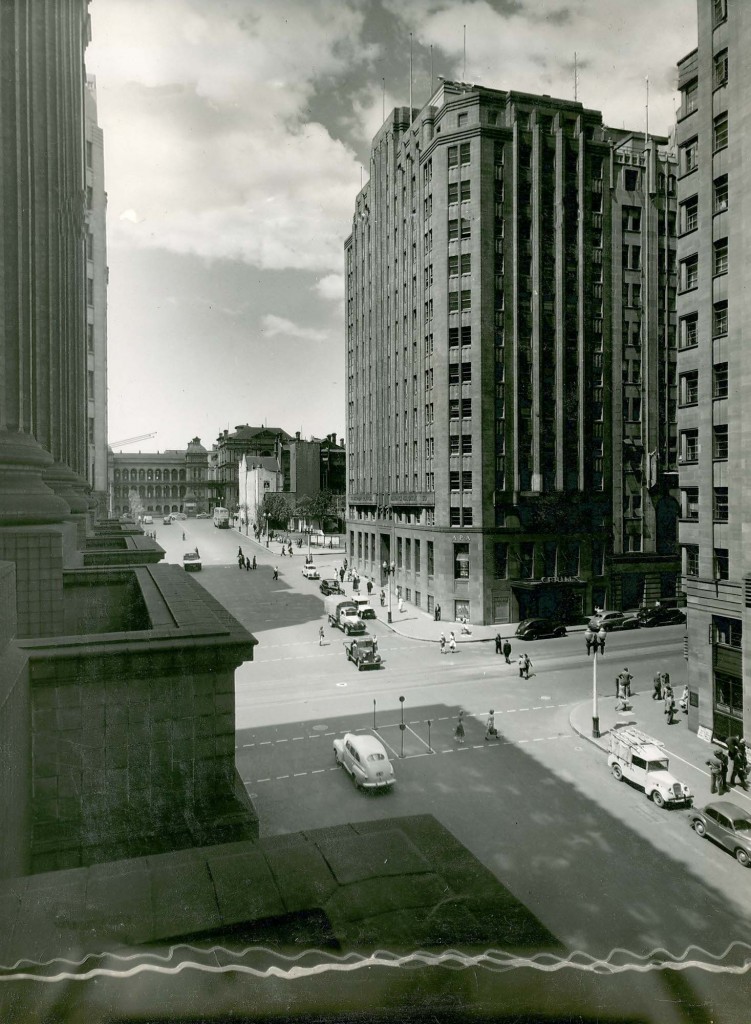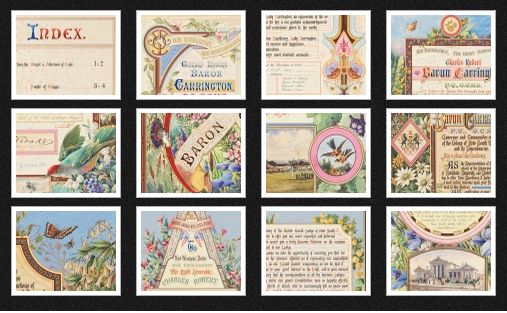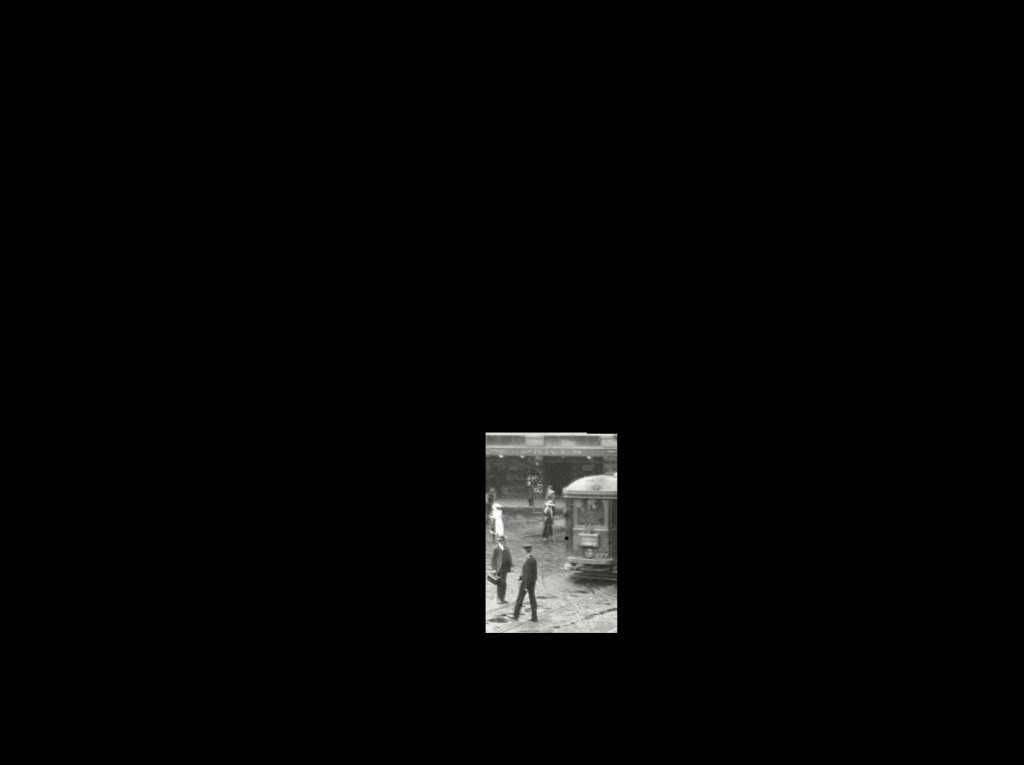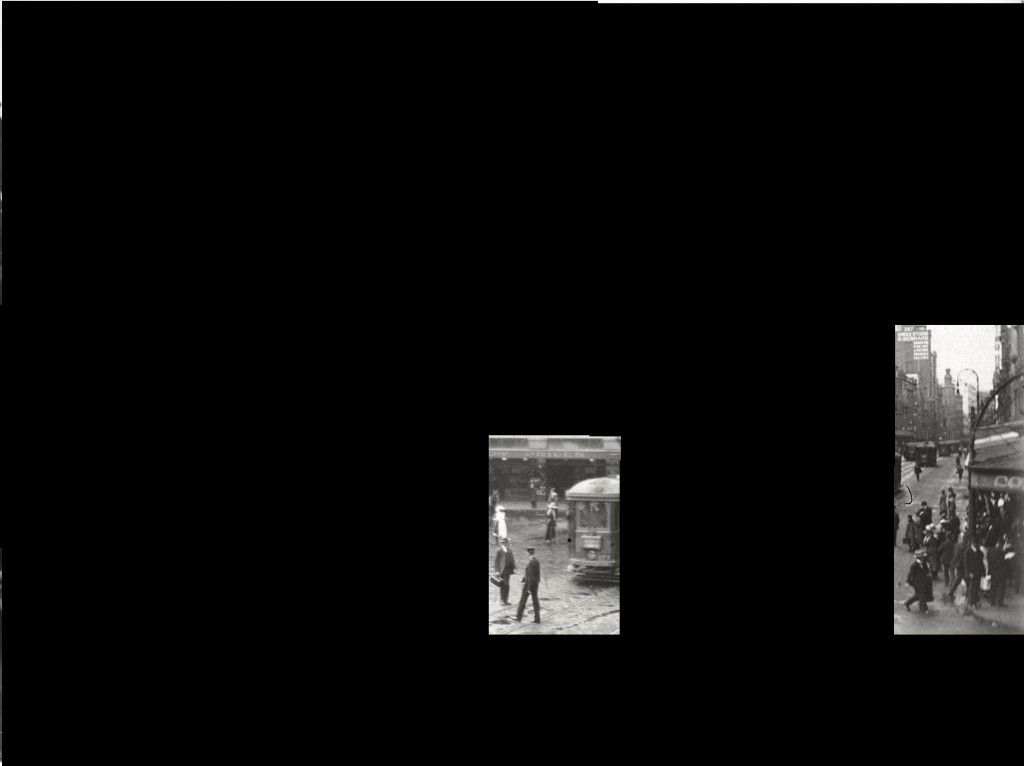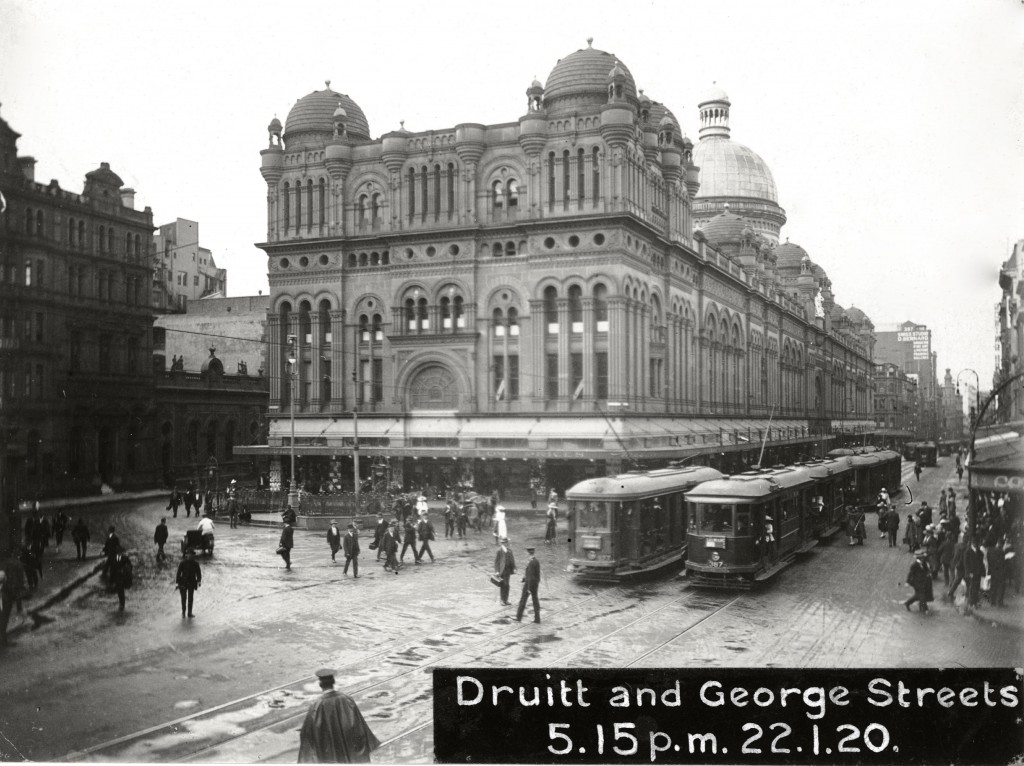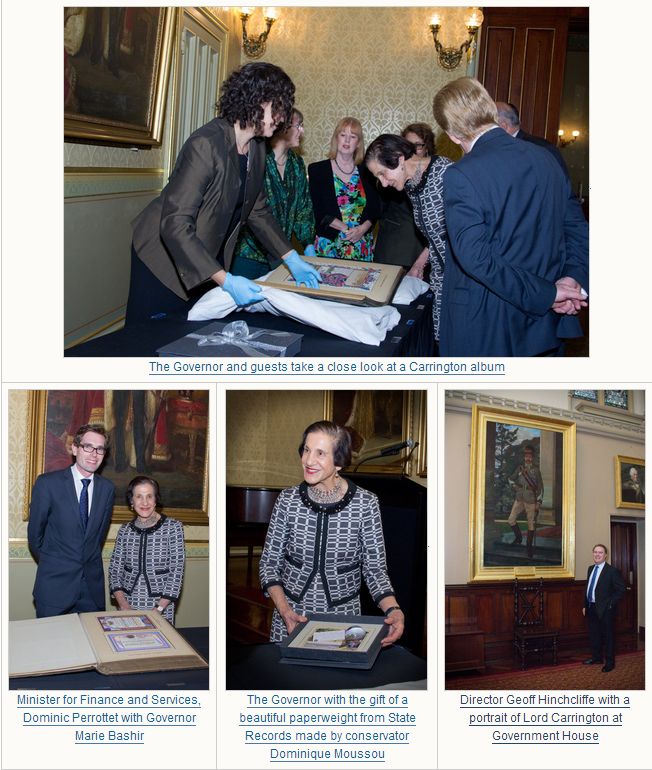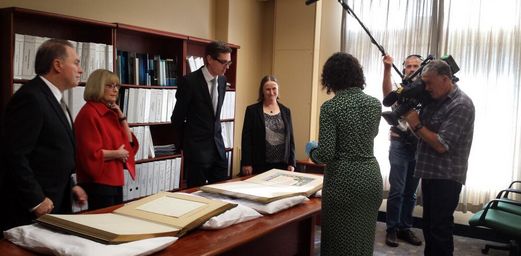A recurrent theme in the Schools Photographic collection, NRS 15051, are photos of school gardens.
Students are depicted toiling in the soil or standing proudly next to a garden in full bloom.
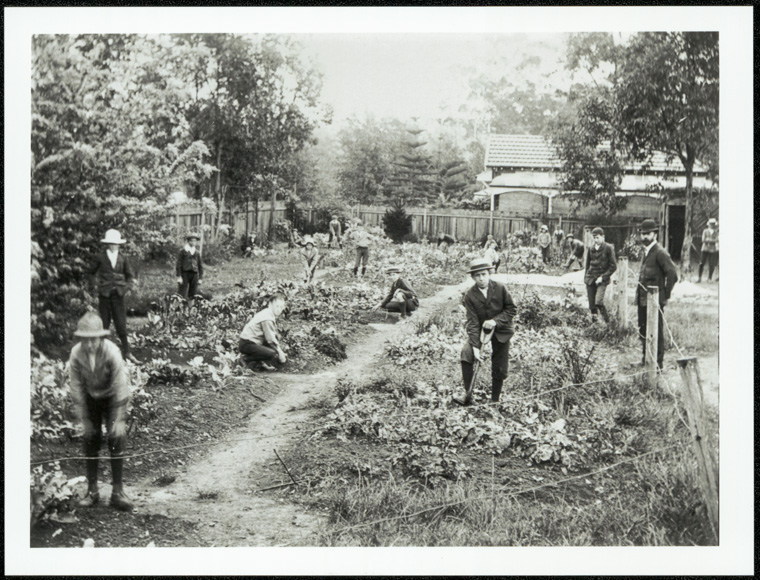
Caption: Beecroft Public School
Digital ID: 15051_a047_000925.jpg
Date: year only 31/12/1923
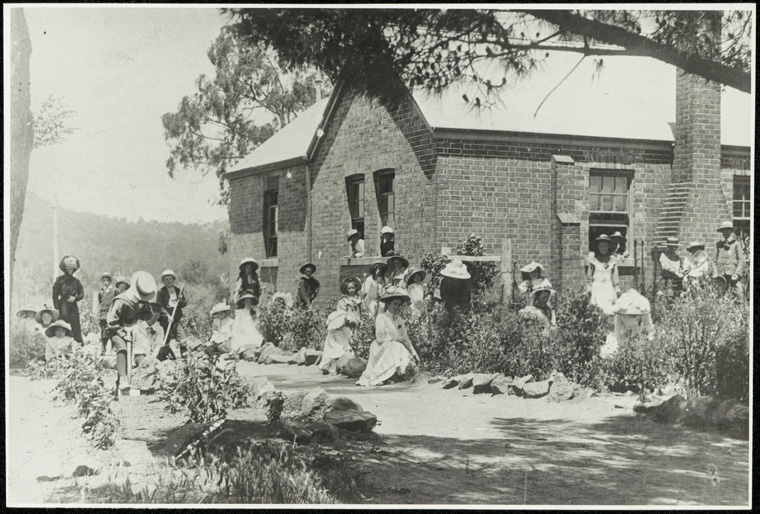
Caption: Bowning Public School
Digital ID: 15051_a047_001628.jpg
Date: c. 31/12/1900
A bit of digging on Trove reveals the school garden scheme was not only a popular pastime that was part of the learning experience, it was also a highly competitive pursuit with school garden competitions going on throughout the state!
In New South Wales the schools have an Inspectorate Competitive System, and all schools in an Inspectors zone compete one against the other, with severe handicap conditions so that actually this year the winner of the Treloar Shield was Byamee School, with fewer than 30 pupils, so that under the system in vogue, the small schools have as much chance as the bigger ones in competition.
SCHOOL GARDENS ‘. (1934, December 26). Townsville Daily Bulletin (Qld. : 1885 – 1954), p. 9. Retrieved June 19, 2014, from http://nla.gov.au/nla.news-article61866534
And here is a photograph of the Treloar Shield winners for 1934 – Byamee Public School’s garden:

Caption: Byamee Public School – Byamee School Garden, winner of 1934 competition – Treloar Shield.
Digital ID: 15051_a047_002178.jpg
Date: year only 31/12/1934
What did the judges have to say about the winning garden at Byamee?
The Judge, who judged the gardens, said, ‘The winning school’s flower garden presented a magnificent display. The Red Radiance Rose Hedge at this school extends for a distance of seventy yards along the front, and in full massed bloom presented a magnificent display. Lavish planting in huge beds produced a riot of bloom, in massed Petunias, Goodenias, Corn flowers, Snapdragons, while extensive rows of Sweet Peas and Holly hocks were respectively ablaze with color.’
SCHOOL GARDENS ‘. (1934, December 26). Townsville Daily Bulletin (Qld. : 1885 – 1954), p. 9. Retrieved June 19, 2014, from http://nla.gov.au/nla.news-article61866534
It appears Byamee continued its winning streak the following year. Succeeding in retaining the Treloar Shield in 1935 :
Fifty-one schools took part in the Tamworth inspectorate schools’ garden competition Results: Byamee 281 points, Manilla 274, Nundle 243, Duri 230, Westdale 233, Kootingal 224, Piallamore 217, Scone 214, Quipolly Creek 202, Brown’s Springs 200, Walhallow 115, At- tunga 188, Barraba 177, Warrah Creek 174, West Tamworth 129. The Byamee school, present holder of the Treloar Shield, retains the trophy. The Manila school secured the highest total marks in the flower garden sec- tion, and retains the Wilson Cup.
SCHOOLS’ GARDEN COMPETITION. (1935, December 11). The Sydney Morning Herald (NSW : 1842 – 1954), p. 16. Retrieved June 23, 2014, from http://nla.gov.au/nla.news-article17235251
See more photographs from NRS 15051 here.

